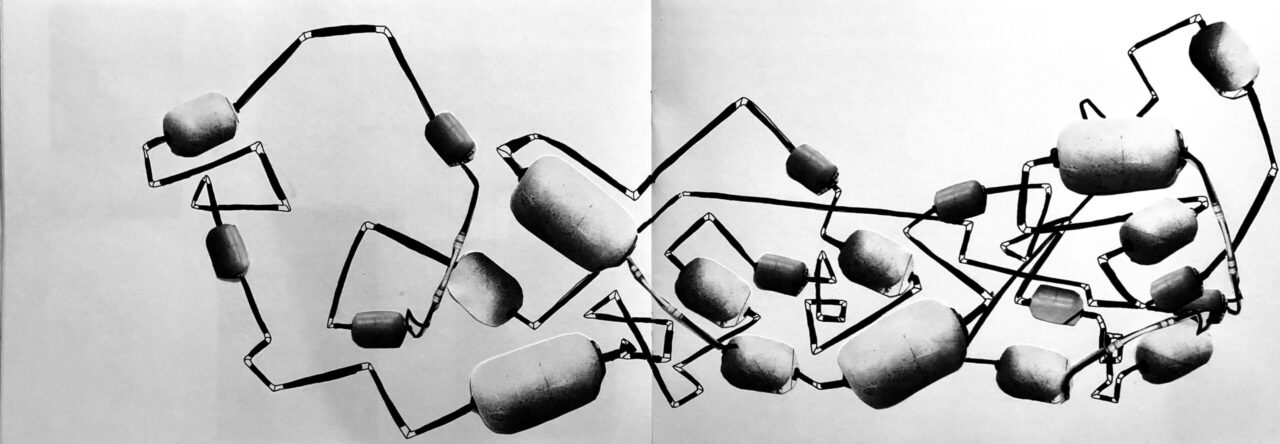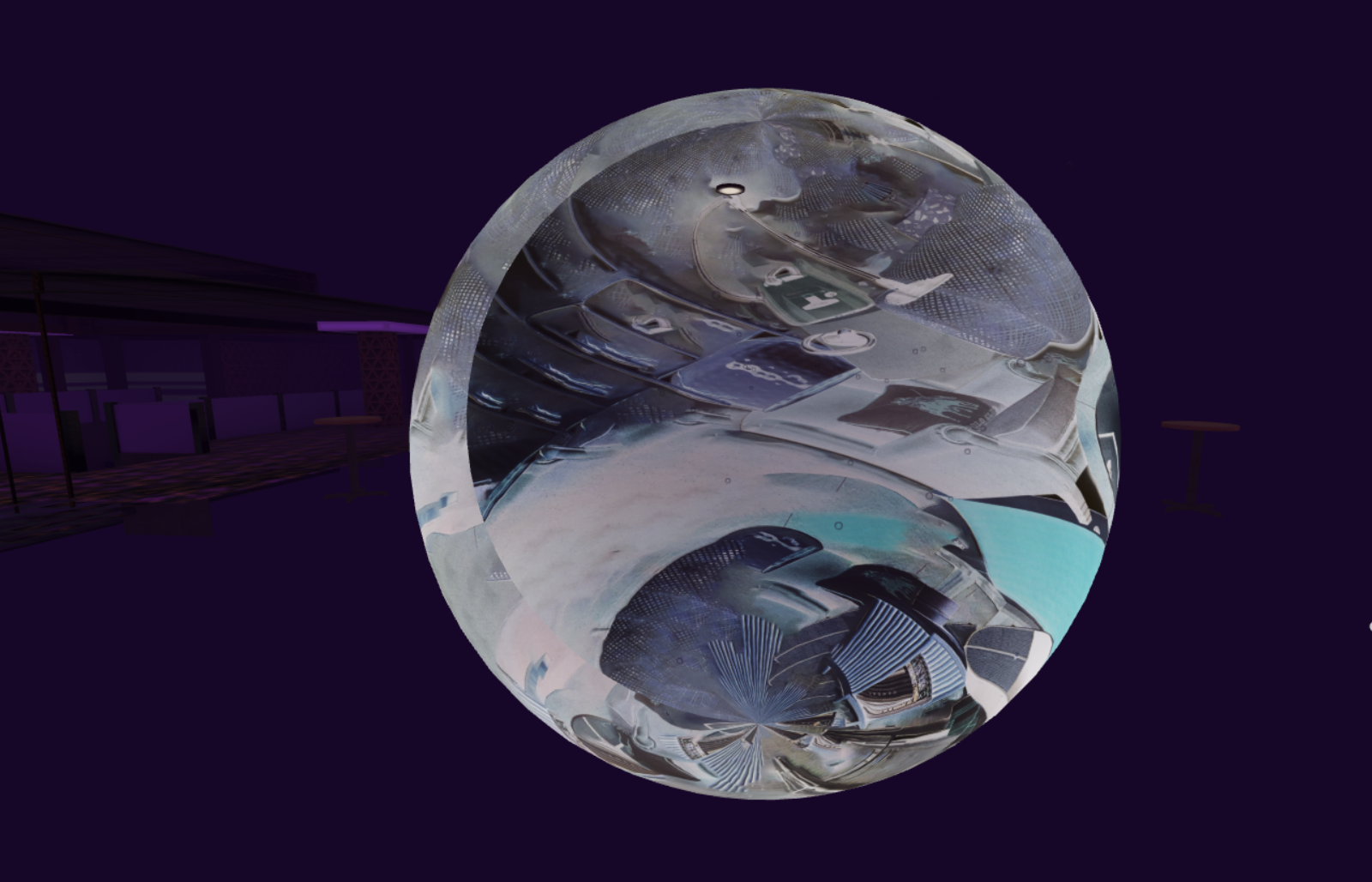Dystopian SPACE taken literally… Our interior spaces turning into planets, separate entities, separate realms. Our interiors, our world.
Category: Study Plan
Peter Buggenhout
- Buggenhout produces work which resemble ruins using easily accessible material.
- Certainly- his work resembles the remnants of a site, of an aftermath of an explosion, eruption, earthquake or fire. I like how he has used something which upsets or unsettles as his source of inspiration, the result of a disaster. He reproduces it as if that memory is worth saving- as if it is something to be celebrated or valued.
- There is certainly a very rough and ready, rustic feel about his work. The sculpture looks distressed. Yet at the same time, being placed in a pristine white space and usually elevated, they become treated as if beautiful and poetic- like artefacts in a museum.
- However they are not artefacts- but fakes. Perhaps one day they will be considered artefacts? What makes an artefact?


Back in Edinburgh with more restrictions than last term!
The workshops aren’t open so I think I may have to start out with some sketches and collages, which could be works in themselves. At the same time I may start looking for some sculpting materials- keeping an eye out at skips and visiting the scrap yard (if it is open!)
I began the semester feeling very unsettled by the state of the world. I was unsettled by the rapid change in society, our mentality and ultimately, the metamorphose of a normality into something which was more distant, ruthless and disquieting. Due to the restrictions within the ECA, only being able to book studio spaces and workshops as well as the lack of storage, I had to find a new way to work, one which enabled me to transport and assemble smaller pieces with ease. In so doing, I felt that this, in itself, reflected social distancing; how, although we are all physically detached from one another, still come together and support each other using technology and online via various networking systems. As in my previous sculptures and taking inspiration from the animated works of Peter Fischli and David Weiss as well as Roman Signer, I aimed to continue anthropomorphising found neglected objects and occupying space in a way which explored how we do ourselves. I aimed to create a piece which reflected unsuccessful attempts at containment, looking at the wider and more general containment of society and the pandemic by authorities, as well as the more personal and insular containment of anxiety and panic within ourselves.
In a scrap yard I found some gas canisters. It was not obvious to me whether they were empty or still full of gas, but I thought by connecting them haphazardly with tubes or pipes in some way would provide a metaphor for attempts at containment. Perhaps it would deter and unsettle the viewer, making them uncertain as to whether these hazardous canisters containing flammable gas would burst or set alight if provoked. Furthermore, separating them with pipes would reminisce further on social distancing.
Taking inspiration from Alicia Kwade’s work, particularly ParaPivot, in how she separated each element with steel rods, I began to make a series of initial sketches to explore how I could attach the canisters and compose the piece. Inspired by Fischli and Weiss, especially their Equilibres, I balanced the canisters and experimented containing them with mesh (which in itself seemed to me a humorous image- a flimsy attempt at containing a gas leak). I wrote the word ‘breathe’ on to one of the gas canisters to produce a metaphor for the one of the symptoms of coronavirus where one is not able to breathe (breathing in the gas could prove fatal) and the misleading advice from the government. Additionally, breathing is a way to calm down when suffering from anxiety or panic.
However, I felt that I needed to take this further and booked myself in to the metal workshop to start welding the canisters together using metal pipes. In order to do so, I had to purge some of the canisters by drilling holes in the bottom and filling them with water to force the gas out. I then learnt how to weld, cut and drill in to metal to make a series of attachments which would enable the sculpture to be taken apart and assembled easily. It proved a very meticulous process, involving a lot of trial and error. I had to measure certain pipes to ensure each separate piece slotted together tightly in order for the sculpture to balance and stand without support at the end.
Once the sculpture was almost finished, I contemplated means of presentation, thinking about using opaque or transparent doors or shower curtains which would envelope the piece, to further infer flimsy attempts of containment. I also recorded two sounds; one where I knocked the canisters and the other where I rolled them on the ground. I then enhanced them with reverbs and echos. These would be played on repeat alongside the sculpture, producing an all-consuming, anxiety inducing and unsettling atmosphere.
I loved the haphazard look of the final piece. It gave the impression it had been assembled desperately, making the viewers unsure as to whether the welding and screwing had been sufficient enough to contain the gas and thus uncertain as to whether they should follow the scribbled word on one of the canisters and, ‘breathe’. It seems as though the maker is aware of this, using a flimsy shower curtain in an unsuccessful attempt to prevent the spread of gas. The gas canisters seem to float in space, frozen in motion, supporting each other whilst remaining separate, reminiscing social distancing. The encompassing sound seems to be the result of what is being contained in the piece- perhaps the pressure from the gas or something more animated- perhaps a robot or animal banging against the canister walls and attempting to get out? The whole piece seems both certain and uncertain in its simultaneous stability and instability. Certainly, I feel as though it produces a relatable visual metaphor of both ourselves and wider society in how we have dealt with the current pandemic in particular.
Through my work I would really like to resist the sense of a pristine, clean, neat, ‘finished’, white space, untouchable installation. Instead, throughout my practice, I have constantly leant towards the nitty gritty, dirty, ‘ok, that’ll do’ result. I find works which attain such qualities more human, relatable and true to life. They speak to the viewer, allow them to enter their space, rather than detract with a subjugating stare.
Hence, wherever possible I intend to keep signs of neglect, the process of formation and unsteady but ‘capable’ elements.
I suppose what I am trying to allude to is that…
The world and its inhabitants aren’t perfect- so why should we strive for perfection? Perfection does not make sense. It is inhuman. We should embrace slow processes, instability, neglected histories, problems left unsolved- and contemplate them with loving affection rather than repulsion.
This message/conecpt may not be crystal clear through the eyes of the viewer- but I intend to use this as a motive for my work, perhaps contribute to the (continued) development of a particular aesthetic or ‘style’.
This year I would like to research how I can work around current restrictions, having limited access to studios and storage. Such restrictions may mean I work in smaller parts. These smaller parts will then come together on the day of the exhibition to converse with the space. I will simultaneously therefore research the work of artists who have done, or are doing, similarly. In doing so, I aim to broadly comment on social distancing and how, although we are all physically detached from one another, still keeping in touch and showing support online via various networking systems/softwares. An important aspect of my research will be observing the interactions between people on the streets and in shops, how they avoid one another or stare at people in angst of a breach of restrictions. Through my work, I intend to display my found neglected objects in a mimicry of such actions, anthropomorphising them in a way to suggest how we interact in space and the feelings of uncertainty, anxiety or even paranoia which come with it. Additionally, through my primary research I intend to create seemingly ephemeral arrangements out of contrasting industrial and household objects to further infer feelings of insecurity. In effect, I will explore how to disrupt the space in a way which immediately transfers such feelings on to the viewer.


